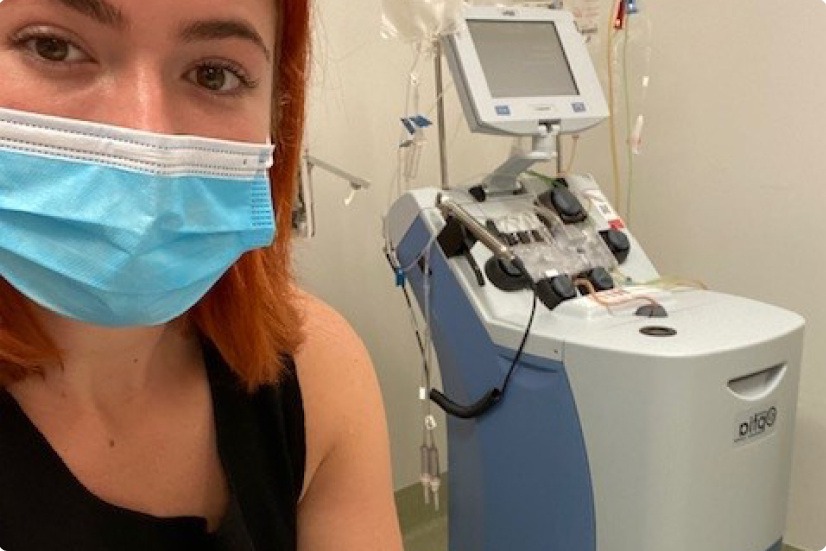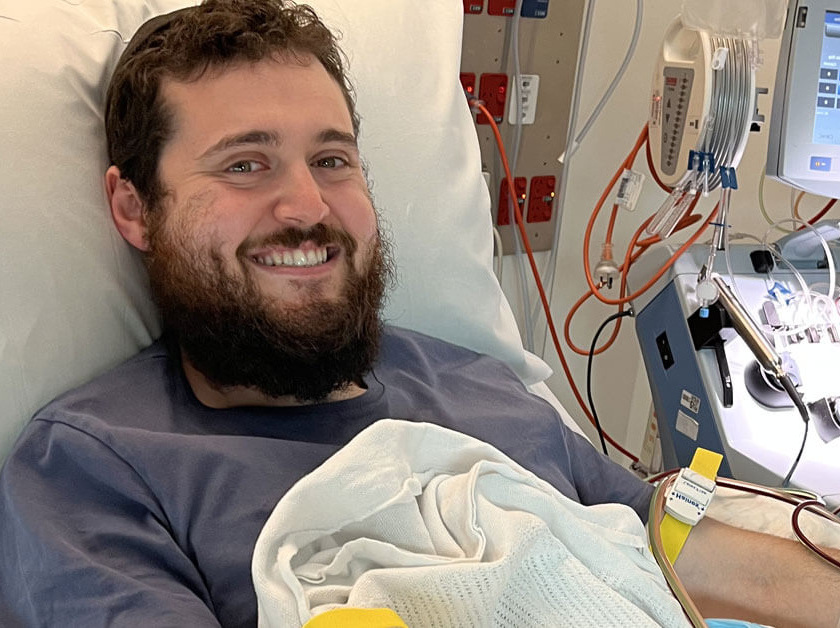What are blood cancers?
What are blood cancers?
Blood cancers are a group of diseases that affect the production and function of blood cells. They originate in the bone marrow, where blood cells are produced, and can cause the uncontrolled growth of abnormal cells that disrupt the body’s ability to fight infections, control bleeding, and produce healthy blood cells.
The three primary types of blood cancer include:
Leukaemia
Cancer that originates in the blood and bone marrow. It disrupts normal blood cell production by causing the rapid proliferation of abnormal white blood cells.
Lymphoma
This cancer affects the lymphatic system, which is crucial for the body’s immune function. It leads to abnormal lymphocytes (a type of white blood cell), causing the lymph nodes and other tissues to enlarge.
Myeloma
Cancer that forms in plasma cells, a type of white blood cell that helps fight infections by producing antibodies. Myeloma interferes with the production of normal blood cells and antibodies, weakening the immune system.
How common is blood cancer?
Blood cancer is one of the most common types of cancer in Australia. Unlike some other cancers, there are no screening programs available to detect blood cancer early, and it cannot be prevented through lifestyle changes. When all types of blood cancers are combined, they rank among the most common cancers in the Australian population.
In 2024, it is estimated that around 20,000 people will be diagnosed with blood cancer. Our partners, the Leukaemia Foundation, estimate that this figure is expected to rise dramatically, with an estimated 35,000 new diagnoses projected by 2035. The growing number of blood cancer cases highlights the urgent need for a more diverse and robust stem cell donor registry to help save lives.
How do transplants help treat blood cancer?
Stem cell transplants are a critical treatment option for patients with blood cancers, including leukaemia, lymphoma, and multiple myeloma. These cancers often affect the bone marrow’s ability to produce healthy blood cells, leaving patients with abnormal or malfunctioning blood cells that can’t fight infections or carry out normal functions.
After undergoing high-dose chemotherapy or radiation therapy to destroy cancer cells, patients receive a stem cell transplant to replace the damaged bone marrow. The transplant involves healthy blood stem cells—either from the patient (autologous) or a donor (allogeneic)—which help repopulate the bone marrow and enable the body to produce healthy blood cells. This not only restores blood and immune function but also improves the patient’s chances of long-term remission.
For leukaemia patients, there is an added benefit known as graft-versus-leukaemia (GVL). This phenomenon occurs when transplanted donor stem cells attack any remaining cancer cells, boosting the patient’s chances of curing the disease and preventing relapse.
By rebuilding the patient’s immune system and restoring normal blood cell production, stem cell transplants provide patients with the opportunity to recover from cancer and lead healthier lives.
Stem cell transplants are also used to treat patients with certain immune system and genetic disorders.
FIND OUT MORE

